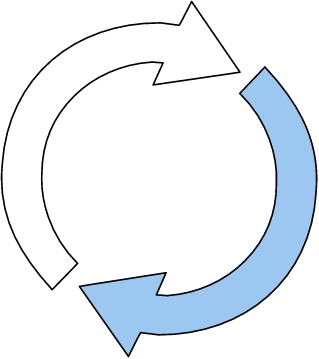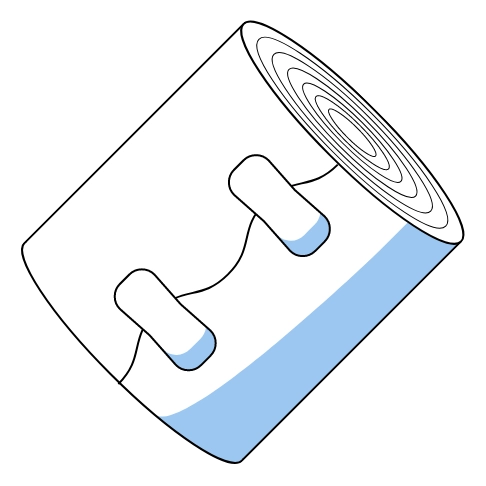REPLACING YOUR IMPLANT
it’s year 3 and you’d like to continue using NEXPLANON
While you need to have your NEXPLANON implant removed by the end of the third year, you can also get a new implant inserted in the same removal procedure.
You should have your card at home or with your medical records with the date that the NEXPLANON implant was inserted along with the date that it needs to be removed.
Because your NEXPLANON implant must be removed by the end of the third year, it’s important for you to stay on top of your removal date.



set up an appointment with a trained healthcare professional to remove NEXPLANON
A trained healthcare professional can remove NEXPLANON at any time during the 3-year period. If you want to keep it for 3 years, remember to remove it by the date shown on your user card for NEXPLANON.
Removal of the NEXPLANON implant involves a minor surgical procedure by a trained healthcare professional and can be performed in the office through a small incision in your arm where NEXPLANON is located.

during the same visit, a new NEXPLANON can be reinserted into the same location
Since the area has already been sterilized and numbing medication has been administered, a trained healthcare professional can insert a new NEXPLANON into the same area of your inner upper arm.
Once inserted, both patient and the trained healthcare professional will then feel the area to ensure the implant is placed correctly. If it is, the healthcare professional will cover the site where NEXPLANON was placed with 2 bandages. Leave the top bandage on for 24 hours. Keep the smaller bandage clean, dry, and in place for 3 to 5 days.

following insertion, a trained healthcare professional will cover the insertion site with 2 bandages
Leave the top bandage on for 24 hours. Keep the smaller bandage clean, dry, and in place for 3 to 5 days.

Already on NEXPLANON?
Receive tips to help you with your journey.
Timely reminders
Remember your insertion date
Prepare for removal
Register My NEXPLANONdon’t use NEXPLANON if you …
Are pregnant or think you may be pregnant
Have, or have had blood clots, such as blood clots in your leg (deep vein thrombosis), lungs (pulmonary embolism), eyes (total or partial blindness), heart (heart attack), or brain (stroke)
-
Have liver disease or a liver tumor
-
Have unexplained vaginal bleeding
-
Have breast cancer or any other cancer that is sensitive to progestin (a female hormone), now or in the past
-
Are allergic to anything in NEXPLANON
-
Are pregnant or think you may be pregnant
-
Have, or have had blood clots, such as blood clots in your leg (deep vein thrombosis), lungs (pulmonary embolism), eyes (total or partial blindness), heart (heart attack), or brain (stroke)
-
Have liver disease or a liver tumor
-
Have unexplained vaginal bleeding
-
Have breast cancer or any other cancer that is sensitive to progestin (a female hormone), now or in the past
-
Are allergic to anything in NEXPLANON
tell your doctor if you have or have had any of these conditions
Your healthcare professional can suggest a different method of birth control.
DIABETES
HIGH CHOLESTEROL
HIGH TRIGLYCERIDES
HAVE HEADACHES
GALLBLADDER PROBLEMS
KIDNEY PROBLEMS
HISTORY OF DEPRESSION
HIGH BLOOD PRESSURE
Before getting NEXPLANON, please tell the trained healthcare professional if you have any allergies to numbing medicines or antiseptics used to clean your skin. These medicines will be used when the implant is placed into or removed from your arm.

still have questions?
Check out our FAQs.
These may be helpful to you.